I had woken up at a friend’s apartment somewhere north of Moscow. We had been up late drinking and playing pool at a quiet venue not far from his apartment. He had somehow scored himself a lucrative gig working for a rich family as a chaperone and English teacher for their children. He would drift from job to job, country to country, putting off going back home as if returning was like an expensive dental appointment. He didn’t really have any qualifications or solid work experience in any industry but was happier and living a more exciting life than most. He told me a story how he had once travelled to an out-of-the way city in China rarely visited by westerners. He was travelling alone as usual and had befriended a low level Chinese executive for some company at a bar. He was offered cash to stay in town for a few weeks and attend various business dealings and public events associated with the company as a token white guy. For whatever reason it added some kind of credibility to what the company was promoting and he would spend hours a day smiling and nodding. It didn’t last long, and his hope for the same kind of gig in another city didn’t eventuate.
He had given me instructions to the metro station, but after walking for about 15 minutes I knew I was lost. I asked a few Russian people where the metro station was, but after their first sentence had no idea what they were saying. There must have been something complicated about their directions that involved terminology outside my vocabulary. A trolleybus stopped nearby and I jumped on. They were common in Russia and Eastern Europe and are an electric bus attached to overhead power lines much like a train. It had a metro symbol on a window near the door which meant it had to stop at a metro station at some point. All of a sudden there was some commotion and I heard some shouting. A poor fellow had collapsed and was having a seizure. There were enough people around and there was nothing I could do to help so I remained a bystander to the whole affair. We were going nowhere fast and I then realised an ambulance was on its way to meet the bus. Knowing Moscow traffic I knew it would be some time before it arrived, so decided to try walking again.
After half an hour of following a main road I discovered quite a sight. Not only did I find a metro station but also some old steam locomotives behind a fence in some kind of compound. I looked for a way in and was hoping it was not off limits to the public. The compound appeared to be within a large operational passenger train station. The entry was through one of those beautiful grand buildings like you’d see in an old movie. This was the case for many stations in Moscow and throughout Russia. Inside I found the usual chaos you would see in a train station, hordes of people moving in every direction. Groups of soldiers and police were patrolling about and approaching people at random asking to see their documents.
I noticed a poster advertising train journeys to Crimea which had only been annexed a few months earlier. It looked like an epic journey. Due to the war the train no longer passed through Ukrainian territory and had to stop at the closest port on the Russian mainland. The train carriages would then be shunted onto a barge for a sea journey across to Crimea. I asked someone about it later and they told me that on occasion the barge would be held up due to rough seas and bad weather. I made my way outside and found an entrance to the compound where the old locomotives were kept. It turned out to be a huge railway museum which I had never heard of despite having been to Moscow numerous times. I approached the ticket booth expecting there to be some kind of problem which would stop me from entering. Two soldiers stood in front of me and looked like they were also going in.
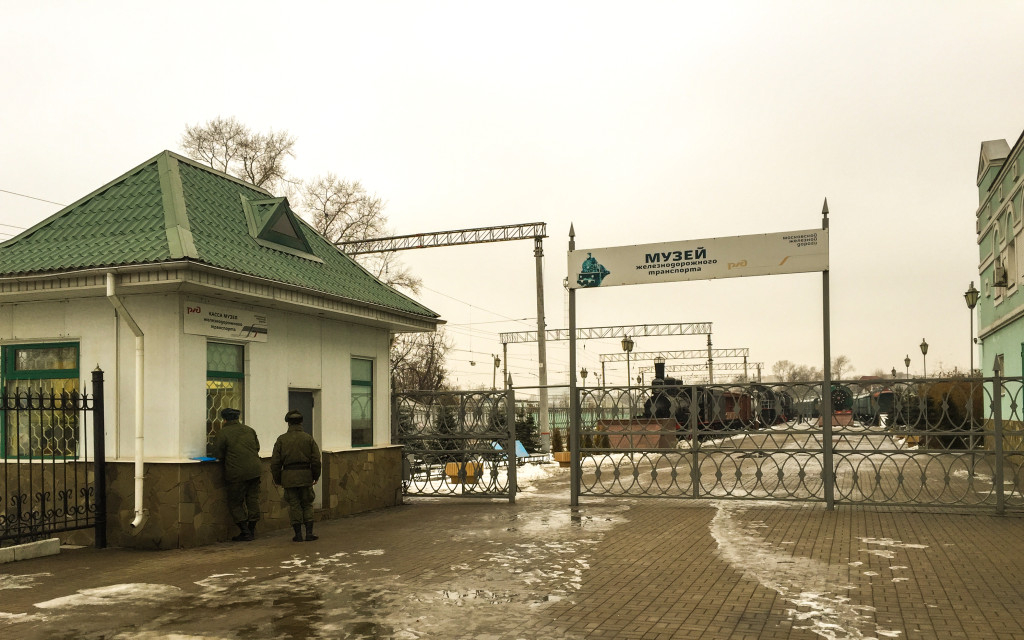
I was not the only one going to the museum that day. Some Army conscripts were ahead of me. They most likely had to recommission some locomotives for service at the front.
I stepped forward and asked if they were open and how much tickets were. I asked for a ticket and must have pronounced a word wrongly as the woman in the booth paused and said “Hmmm, are you a foreigner?” Shit. My Russian was good but not perfect. I said yes and all of a sudden the ticket price more than doubled. The woman pointed to the sign to the right of the window with prices written in English. If you can read Russian you could see that the price for adult entry is 100 RUB, but if you can only read English it is 250 RUB. I had never encountered anything like this before and found it quite funny. Although the price is still low it gave me a strange feeling. They also wanted another 200 RUB if you intended to take photos, but there was no way I was going to pay that. I usually make donations to museums on the way out but not after encountering their “tourist-friendly” prices.
The museum was full of amazing old steam, diesel and electric locomotives mainly from the communist era. This included special snow ploughing and other maintenance type carriages. Most displays had signs in Russian only, but you could purchase a guidebook in English for 400 RUB which is not too bad depending on the exchange rate you are getting. Coincidently inside the museum I noticed a lone gentleman admiring a diesel locomotive and clutching one of the English guidebooks that had been for sale. I struck up a conversation with him, a train enthusiast from Scotland we introduced ourselves and discussed our mutual admiration for locomotives and railways. He spoke of many train museums and railway graveyards he had visited all over the world. I told him about the one I had been to in St. Petersburg which he was aware of. He ask me if I had been to the railway graveyard in Budapest and began telling me about it and that it was a mission to get to. He advised me to look it up online and we shook hands and parted company. It wasn’t until several years later that I finally made it there which you can read about here.
Feel free to leave a comment below if you have anything to say.
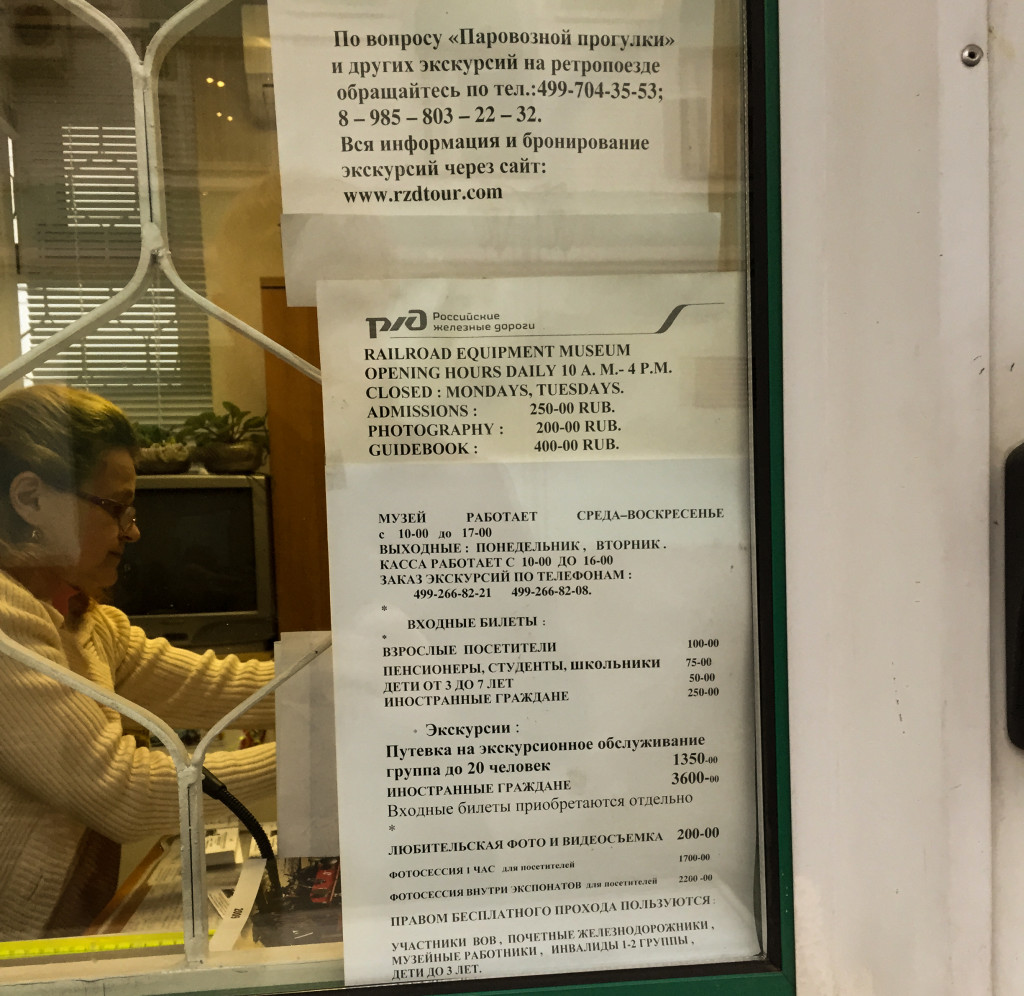
Museum price list with a higher entry price for foreigners
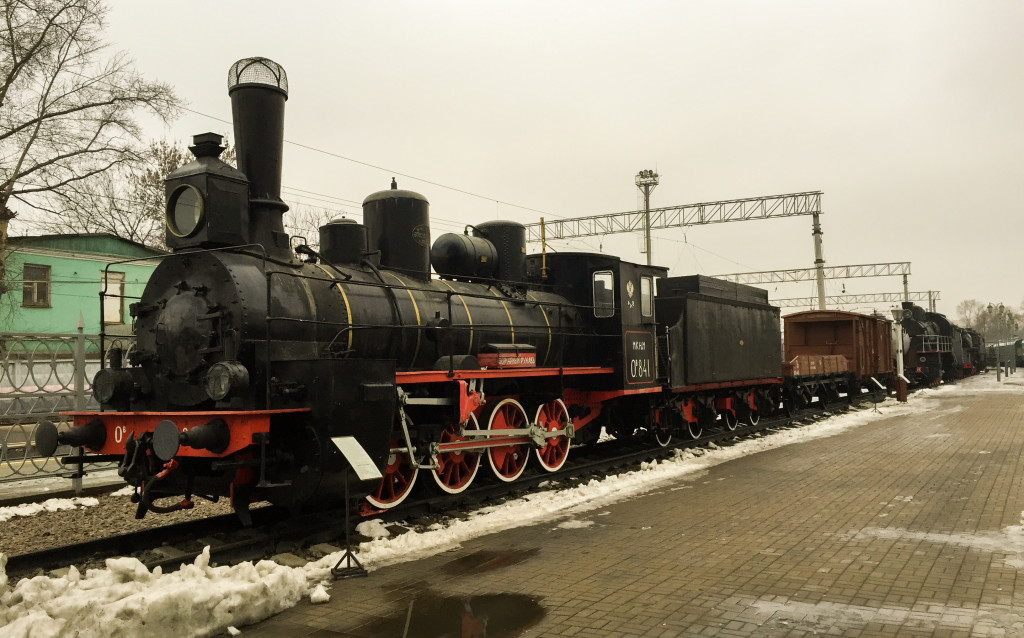
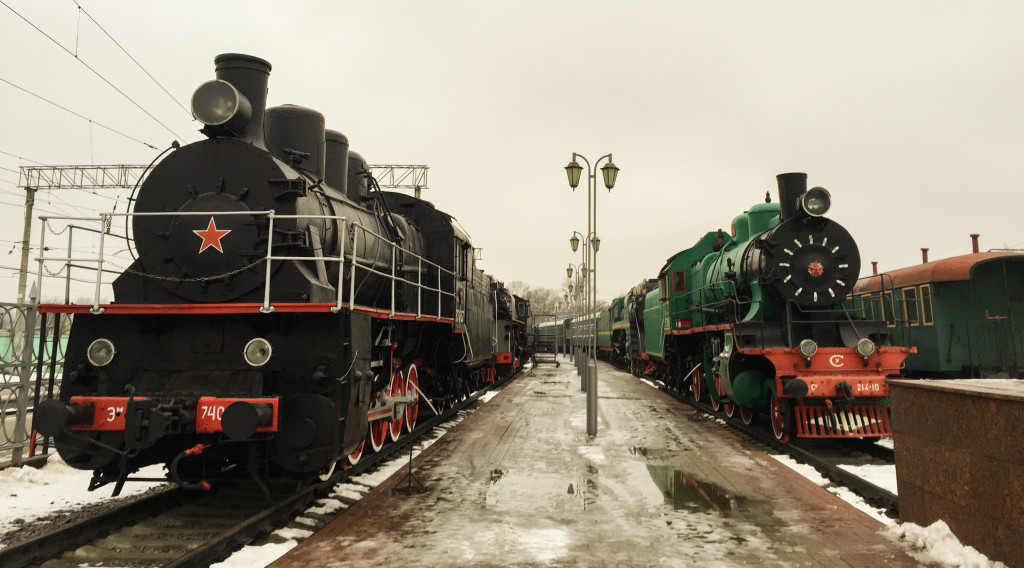
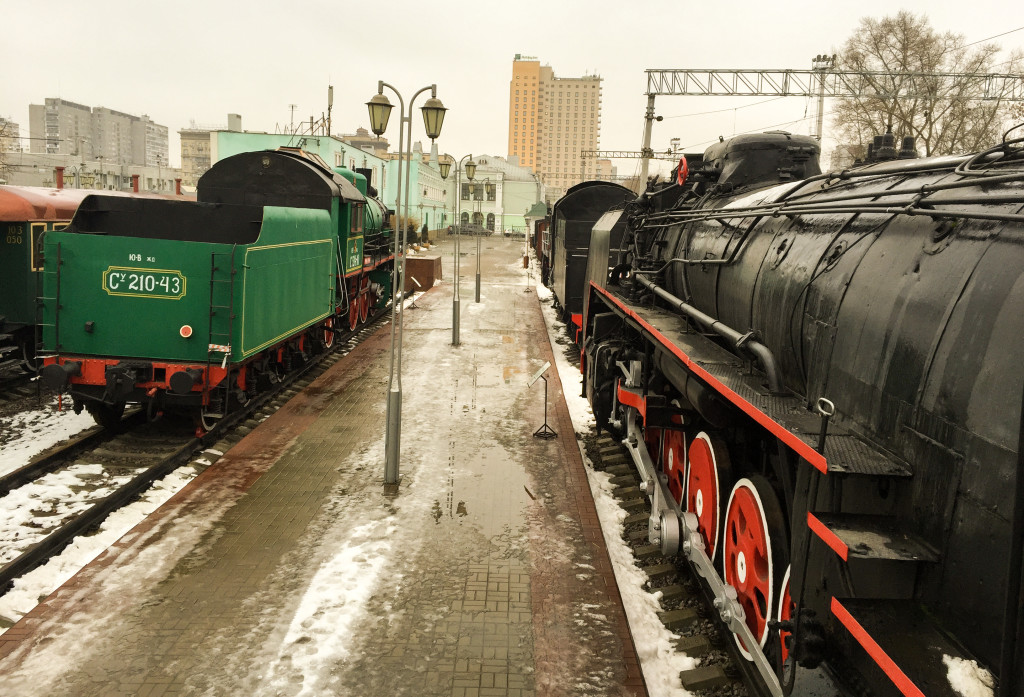
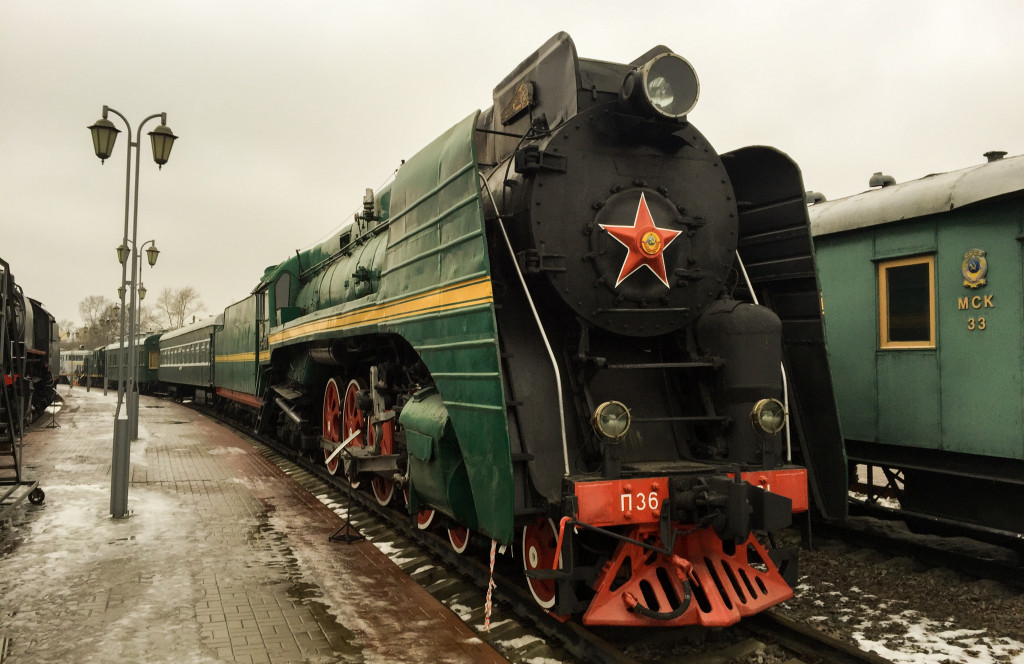
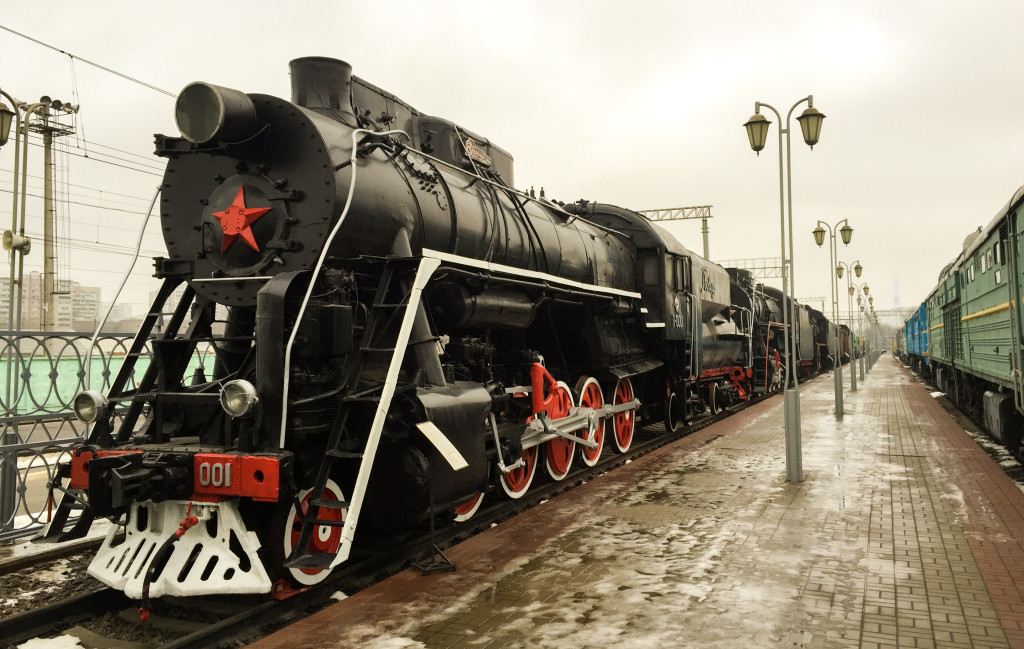
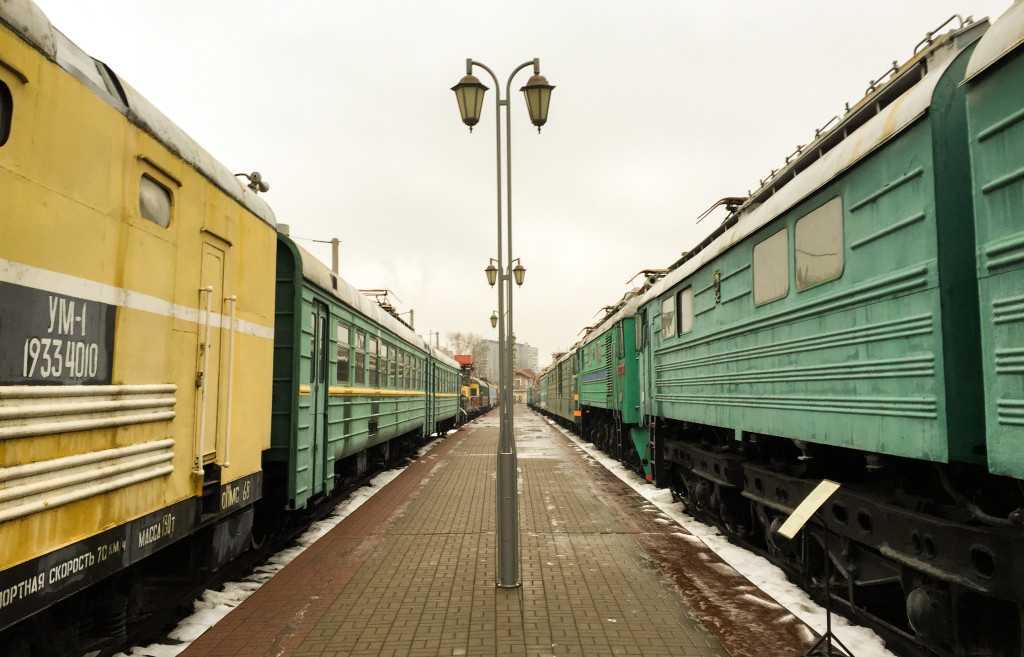
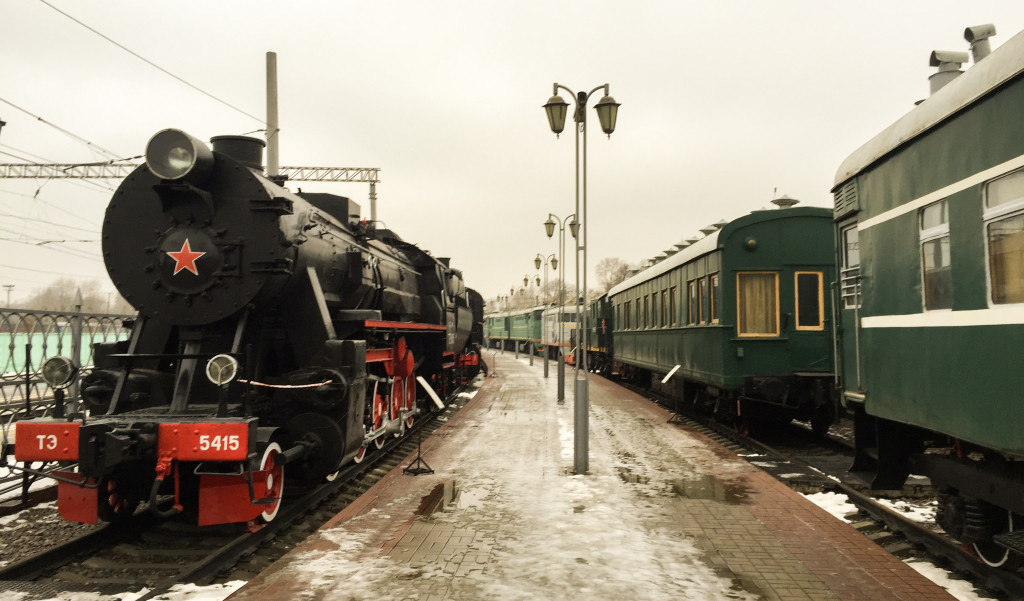
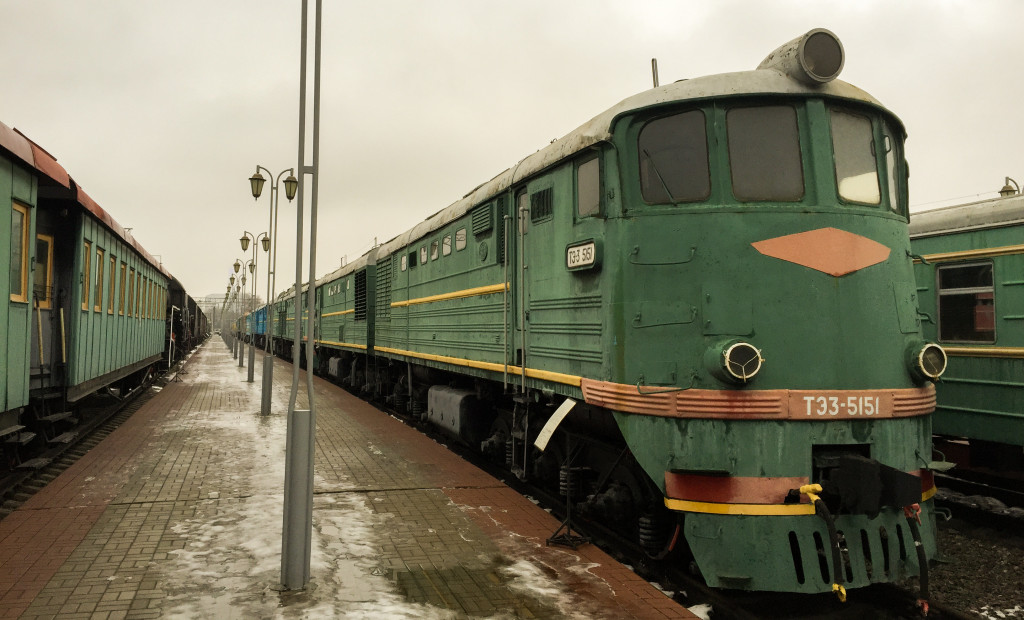
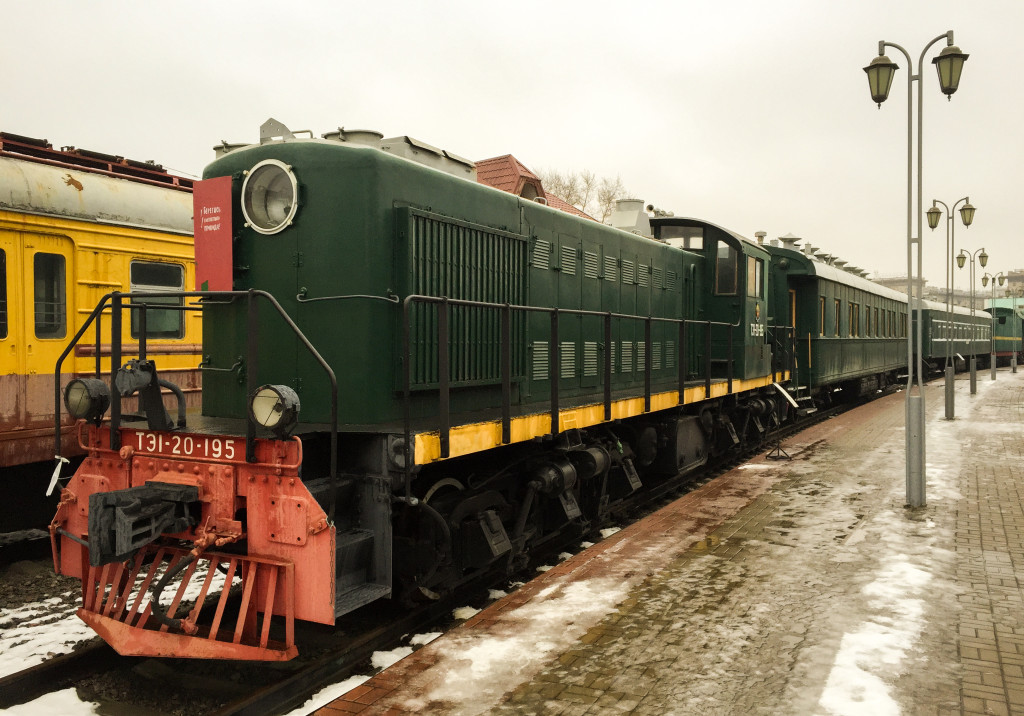
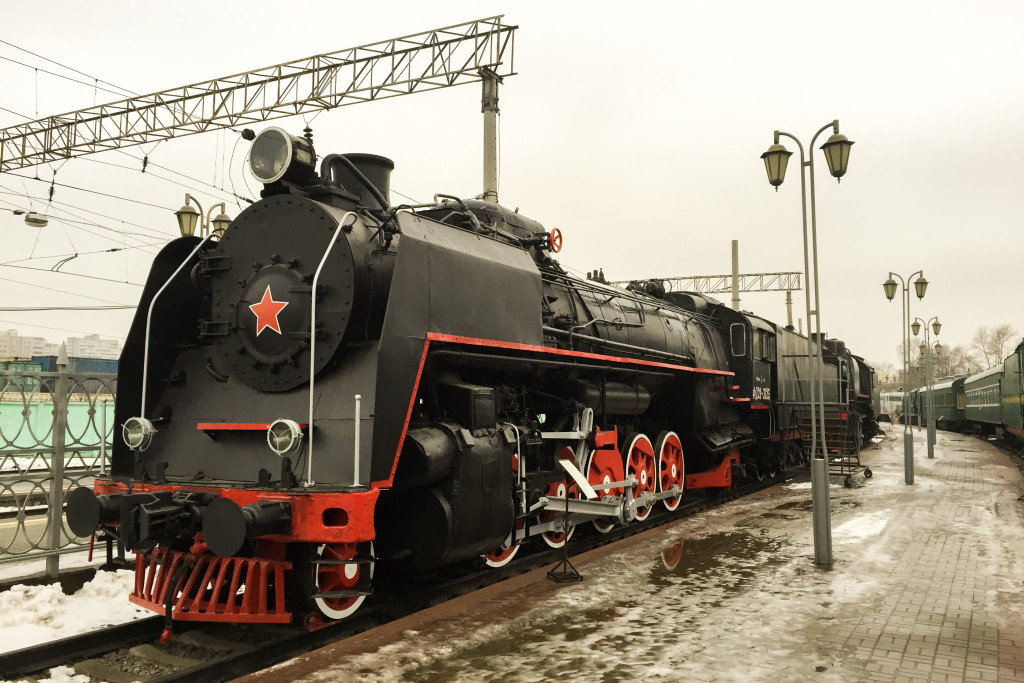
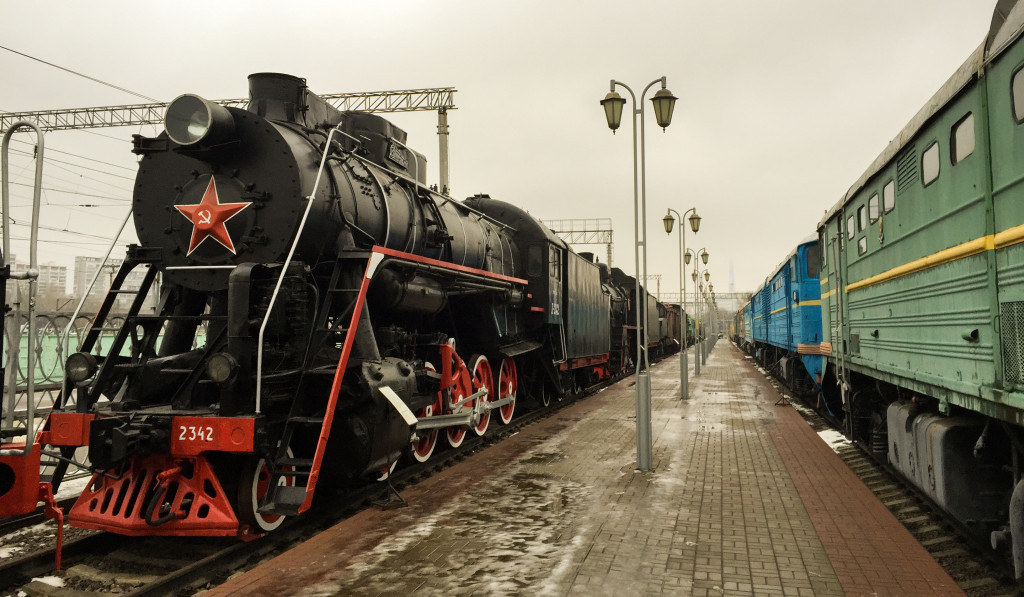
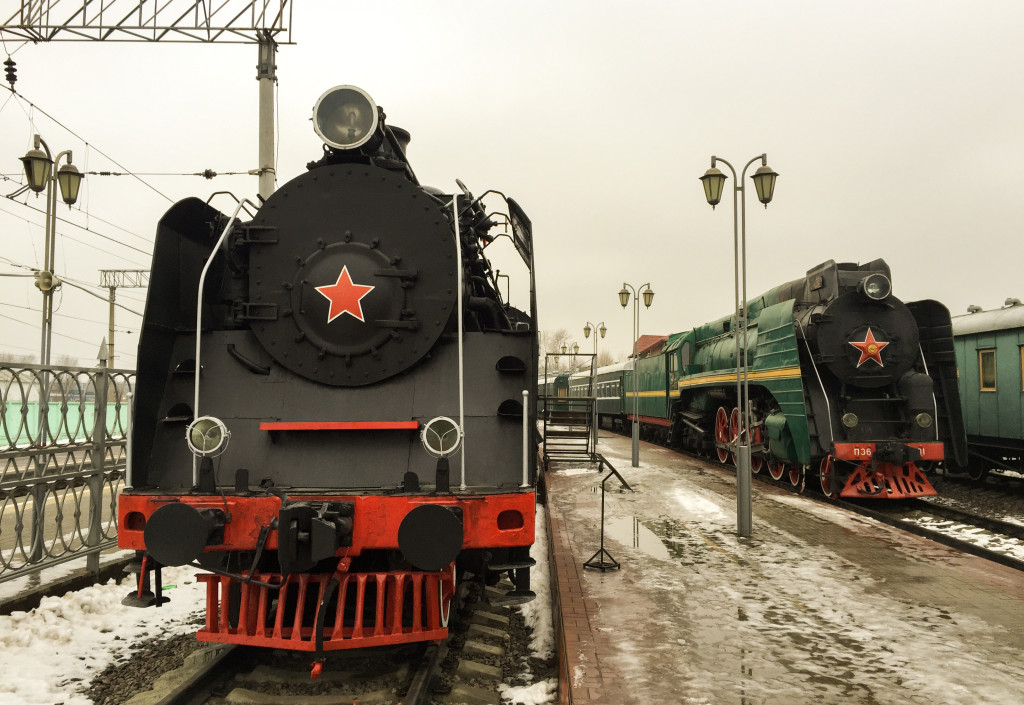


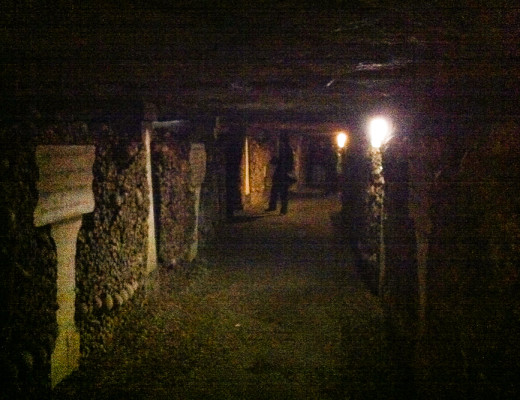
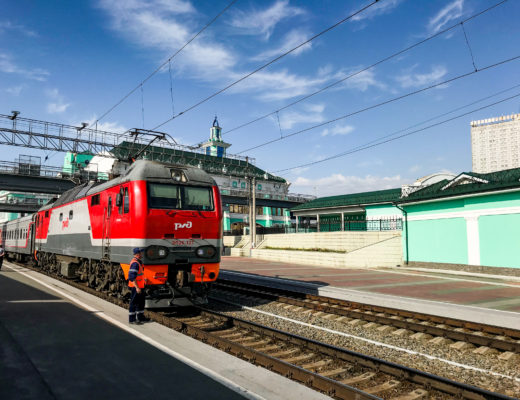
No Comments